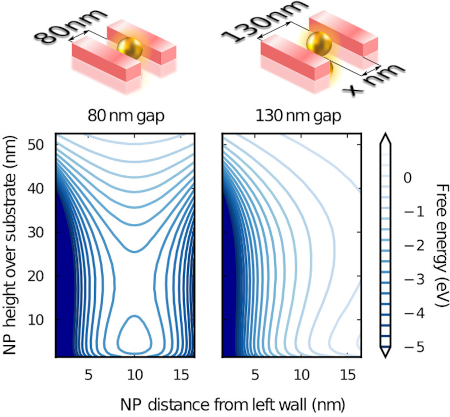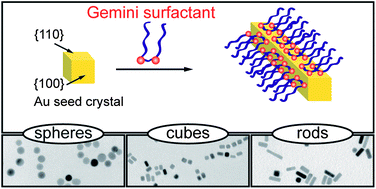Understanding Interactions Driving the Template-Directed Self-Assembly of Colloidal Nanoparticles at Surfaces
J. Eklöf-Österberg,
J. Löfgren,
P. Erhart,
and
K. Moth-Poulsen
The Journal of Physical Chemistry C 124, 4660
(2020)
doi: 10.1021/acs.jpcc.0c00710
Download PDF

Controlled deposition of colloidal nanoparticles using self-assembly is a promising technique for, for example, manufacturing of miniaturized electronics, and it bridges the gap between top-down and bottom-up methods. However, selecting materials and geometry of the target surface for optimal deposition results presents a significant challenge. Here, we describe a predictive framework based on the Derjaguin– Landau– Verwey– Overbeek theory that allows rational design of colloidal nanoparticle deposition setups. The framework is demonstrated for a model system consisting of gold nanoparticles stabilized by trisodium citrate that are directed toward prefabricated sub-100 nm features on a silicon substrate. Experimental results for the model system are presented in conjunction with theoretical analysis to assess its reliability. It is shown that three-dimensional, nickel-coated structures are well suited for attracting gold nanoparticles and that optimization of the feature geometry based on the proposed framework leads to a systematic improvement in the number of successfully deposited particles.


